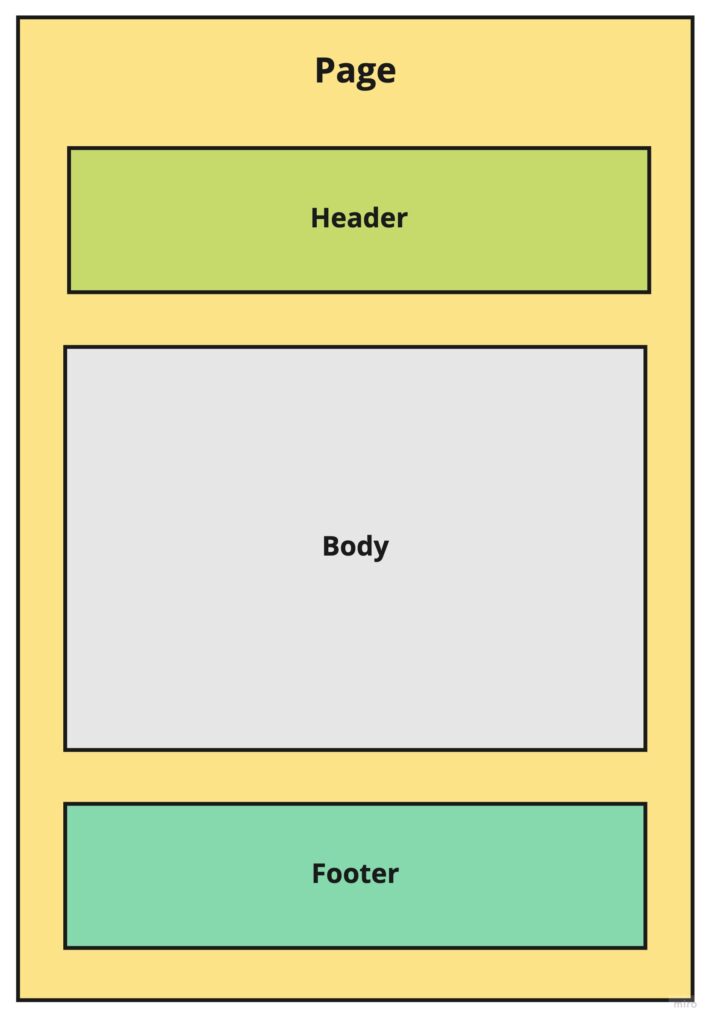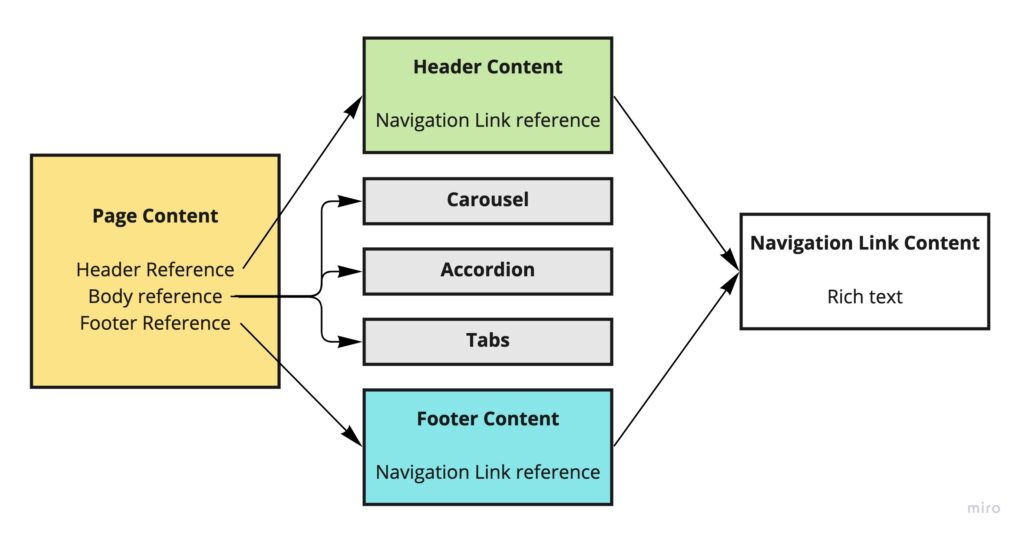At the center of any DXP strategy lies Content Management. Traditionally managing content and visually translating the information was of prime importance. However, with the rise of DXPs Headless CMS can be transformative to the overall content delivery. This transformation comes with its own challenges. Sitecore Content Hub can be a game-changing solution for headless content delivery.
Drawing parallels between XM (Experience Manager) and CH (Content Hub):
Experience Manager (XM)
- Content is added here primarily for web consumption
- JSS for headless content delivery
- What you see is what you get (WYSIWYG)
- Media Library
- Data Template
- Data Template Field
- Page Item
- Template Manager
Content Hub (CH)
- Content is created, managed, and governed in CMP
- Experience Edge for Content as a Service (CaaS)
- Decoupled from Content Rendering
- Digital Asset Management (DAM)
- Content-Type
- Member
- Content Entity
- Schema
Creating Content Templates within Content Hub
In order to create a page on the website, we need a template first. Once a template is available we can create multiple page items and then enter content within the content editor.
In order to create pages within Content Hub following strategy can be followed:
- Similar to a page template created in XM create a Content Type within Content Hub CMP
Steps to create a Content Type - Similar to adding Template Fields within XM create Members within Content Type
Steps to add a Content Member - To create a page like structure references are required so that a layout can be created
Using References within Content
Content Hub Modelling for website pages
For this blog let’s consider an example. How do we create a page with a Header, Body, and Footer to keep it simple:
- The Page content type contains header, Body, and Footer references
- The header reference can contain multiple navigation links
- The body reference can contain multiple components
- Footer can contain multiple navigation links
- Navigation links are a content type of their own
For this exercise, we’ll consider basic/simple examples but the same can be translated to more complex use cases.


This model to create content can be extended to multiple use cases and scenarios.